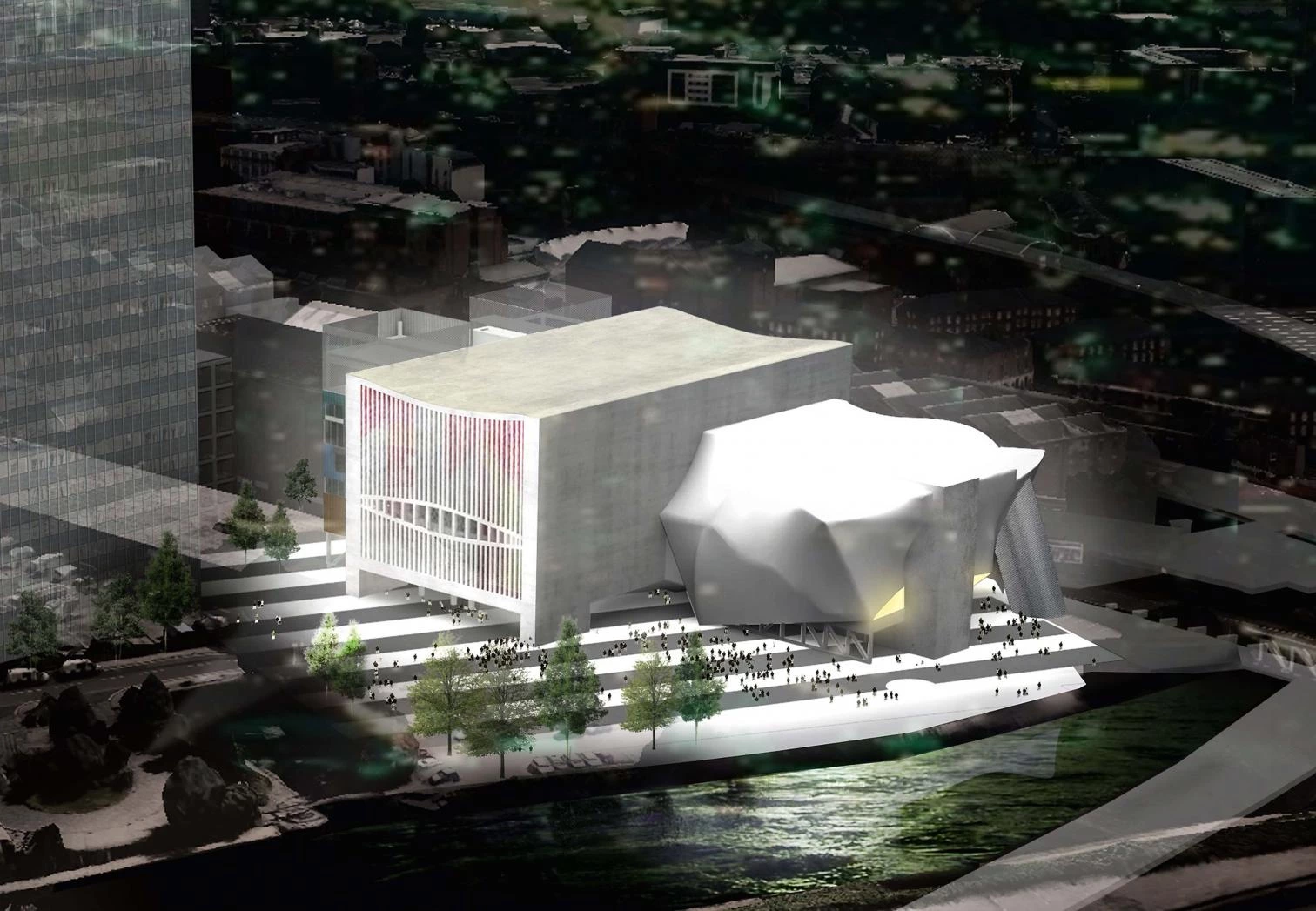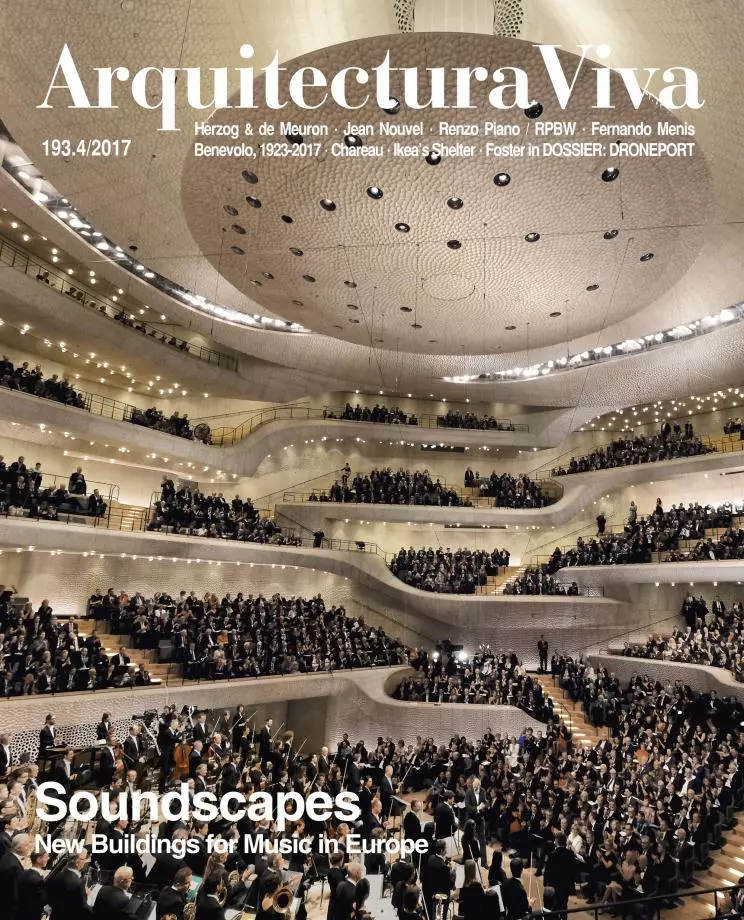
The financial crisis has to a large extent discredited the model of huge real estate and urbanistic operations associated with the construction of icons, yet in truth, day after day, projects of this kind continue to proliferate from one end of the world to another; commissions resting on the sustained belief that a building attached to the name of a prestigious architectural firm can in itself be a catalyst for the growth of a city’s economy and tourist industry. A case in point is Manchester, which, much diminished since the industrial reconversion of the 1970s and 1980s, seeks to make a niche for itself as a cultural counterpoint to London, and this through the construction of a building for the arts, The Factory, to be designed by Rem Koolhaas’s Office for Metropolitan Architecture following obtainment by City Hall of the necessary permissions. The operation will be costing an estimated total of 110 million pounds (78 million to be shouldered with state funds) and will involve raising in an industrial zone long in disuse a center for the performing arts. Opera, classical ballet, and experimental performances will be staged, in the context of the Manchester International Festival, in a building composed of two parts; a simple box of concrete slightly lifted off the ground, and an expressionist, bulbous volume made of glass. Resorting to the rhetoric that is habitual in these cases, Ellen van Loon, OMA partner responsible for the project, has stated that The Factory is “going to further transform the way we see the world, and the way the world sees Manchester.” This is surely optimism at its very purest.





